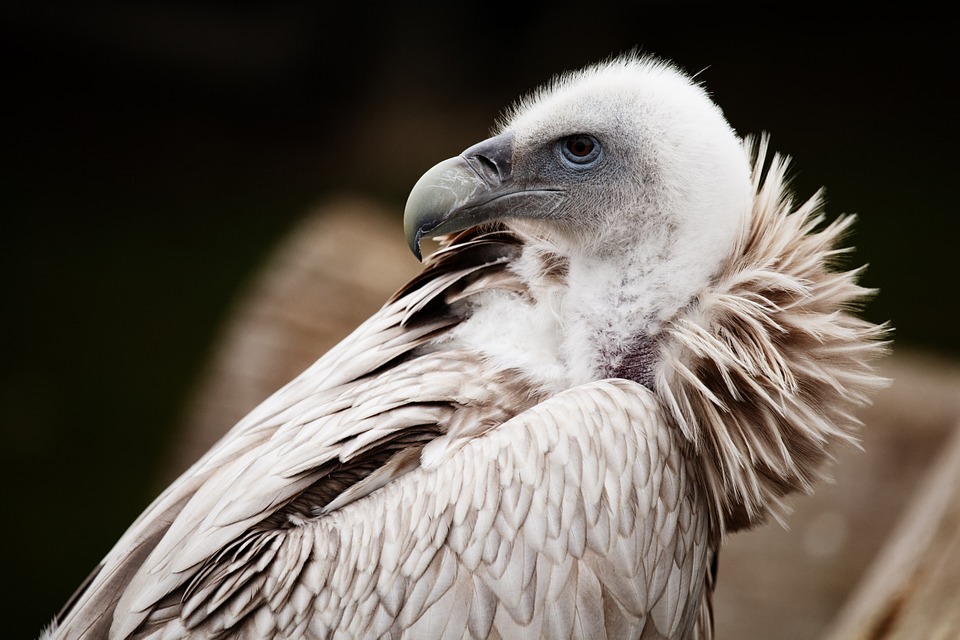In newsIn October 2020, eight critically endangered Oriental white-backed vultures were released into the wild for the first time in India from the Jatayu Conservation and Breeding Centre (JCBC) situated at the Bir Shikargah Wildlife Sanctuary in Shivalik ranges of the Himalayan foothills in Haryana’s Pinjore.
Details
- A year later, they have blended well into the untamed habitat outside the aviary, offering hope to conservationists.
- But the grave threats to the survival of vultures are far from over.
- The Oriental white-backed vultures that were released in the wild are resident birds and not migratory, so they largely stay within a radius of 50-100 km of the breeding centre.
- All eight vultures were deployed with satellite tracking devices on their back, and orange-coloured wing tags on both wings, so we are able to monitor them.
- They have been bred in captivity so they will gradually adjust in the wild.
- As many as 378 vultures of three species are housed at the centre, of which 131 are Oriental white backed vultures, 195 are Long-billed vultures, and 52 are Slender-billed vultures.
Significance
- They have managed to join the wild flock with other vultures such as the Himalayan griffon, which is surely an encouraging sign.
- They are not taking sustained flights as other wild birds do, but they are gradually increasing their time of flying, which is again good.
- We need to wait for another one year.
- If they survive, then it will be an indication that the environment is safe, after which we will release other raptors as well.
97% decline
- The vulture population in India was estimated at 40 million once. Populations of three species of vultures have declined by over 97% since the 1990s, and that of the Oriental white-backed vultures by a drastic 99.9%.
- It has been established that the vulture population was decimated by the veterinary usage of Diclofenac in India.
Source: The Hindu





